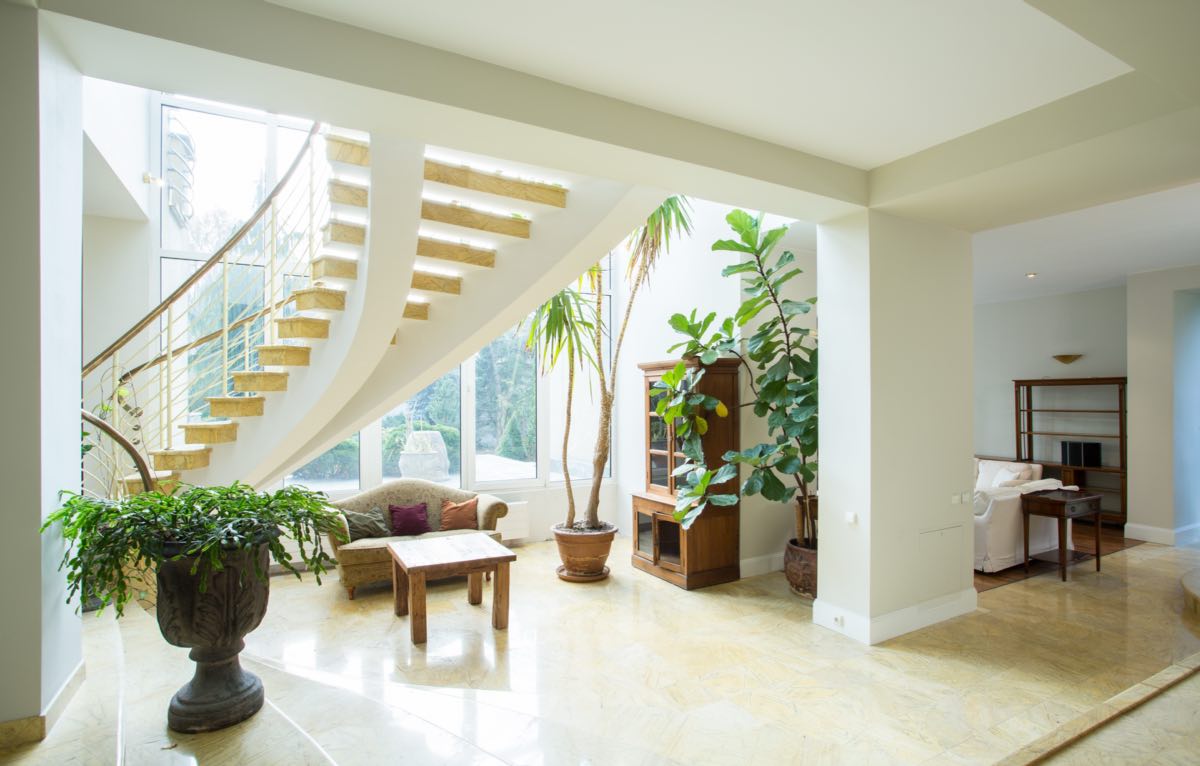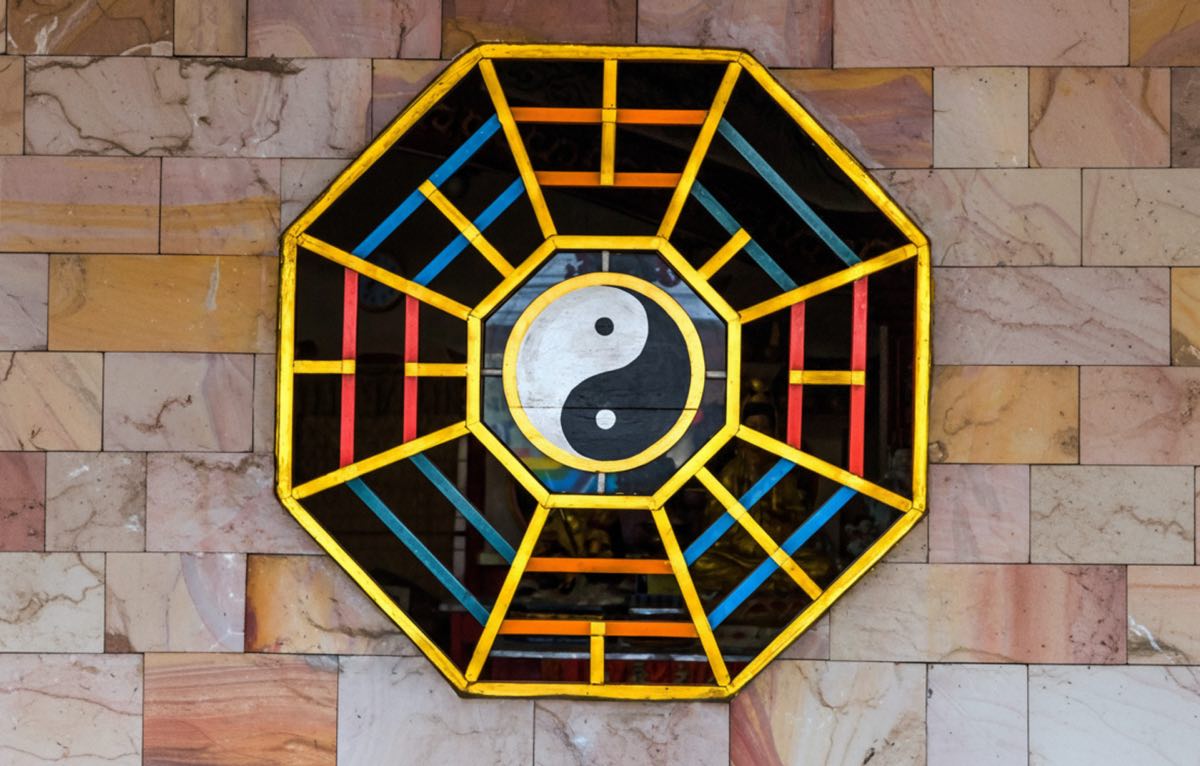Explore the origins, principles, and practices of Vastu Shastra and Feng Shui, two Eastern systems of spatial harmony. This guide compares their philosophies, structural guidelines, tools, applications, and real-life examples to highlight both their differences and shared goals.
Vastu Shastra and Feng Shui are two ancient Eastern philosophies that focus on harmonizing people with their surroundings. While both systems emphasize energy flow and spatial arrangement, they emerge from distinct cultural roots: Vastu Shastra from India and Feng Shui from China. This comparative study examines their principles, practices, and applications, highlighting how each tradition approaches architecture, interiors, and wellness, and outlining the key differences and shared goals between them.
Contents:
- Historical Origins and Philosophical Foundations
- Structural and Spatial Guidelines
- Tools and Techniques
- Key Differences in Application
- Comparison Chart: Vastu Shastra vs Feng Shui
- Case Studies / Real-Life Examples
- Further Exploration
- Frequently Asked Questions
Historical Origins and Philosophical Foundations

Both Vastu Shastra and Feng Shui stem from ancient traditions that observed nature and its forces. Vastu Shastra, over 5,000 years old, originates from Indian Vedic texts and emphasizes aligning cosmic energies with spatial arrangements. Feng Shui, which emerged more than 3,000 years ago in China, is rooted in Taoist philosophy and centres on the flow of Chi, or life energy. Despite these distinct cultural origins, both philosophies share core ideas:
- Alignment with nature’s forces
- Consideration of human-inhabited environments
- Integration of cultural and architectural harmony
Although their frameworks differ, the goal of both Vastu Shastra and Feng Shui is to create balance, health, and prosperity through purposeful design.
Vastu Shastra
- Vastu Shastra, the Indian science of architecture, aligns built spaces with cosmic principles and the Pancha Bhootas (Earth, Water, Fire, Air, and Space). Its key principles include:
- Directional Alignment: East and north are considered auspicious.
- Brahmasthan: The central space is kept open for energy flow.
- Balance of Elements: Room placements reflect elemental influences.
- Vastu Purusha Mandala: A sacred grid that guides spatial design.
This system integrates astrology, cosmology, and natural forces to create environments that support peace, prosperity, and well-being.
Feng Shui
- Feng Shui, meaning “Wind and Water,” is an ancient Chinese art that focuses on the flow of Chi and its influence on prosperity and well-being. Its core principles include:
- Yin and Yang: Balancing opposing forces to achieve harmony.
- Five Elements: Wood, Fire, Earth, Metal, and Water, each representing a form of energy.
- Bagua Map: An energy map that guides the spatial functions of a home or building.
- Compass Directions: Essential for determining building orientation.
Feng Shui emphasizes flexibility, prioritizing energy flow, clean spaces, and balance across emotional, financial, and physical aspects of life. Vastu Shastra, in contrast, provides a structured framework that guides spatial planning from the outset of design.
Structural and Spatial Guidelines

The difference between Vastu Shastra and Feng Shui becomes clear in their structural frameworks.
Vastu Shastra:
- Uses the Vastu Purusha Mandala grid.
- Emphasizes symmetry and alignment with cardinal points.
- Keeps the Brahmasthan, or central space, unoccupied.
- Assigns specific room placements, such as the kitchen in the southeast and the master bedroom in the southwest.
Feng Shui:
- Uses the Bagua map to divide space according to energy functions.
- Avoids “poison arrows,” or sharp edges that disrupt Chi.
- Employs mirrors, plants, and water features strategically to regulate energy flow.
While Vastu Shastra is more structural and directive in its approach, Feng Shui is comparatively flexible, adapting to energy flow and intuition within existing spaces.
Tools and Techniques
The tools used in Vastu Shastra and Feng Shui differ significantly. Vastu Shastra relies on instruments such as compasses, the Vastu Purusha Mandala, directional charts, and elemental analysis, with alignment considered essential during the construction phase. Feng Shui, on the other hand, employs the Luo pan compass, Bagua maps, mirrors, crystals, wind chimes, and water features to regulate Chi, making it adaptable even after construction. Although their methods are culturally distinct, both traditions aim to harness beneficial energy to create harmonious spaces.
Key Differences in Application
The difference between Vastu Shastra and Feng Shui is most evident in how they are applied. Vastu Shastra follows fixed directional and elemental guidelines that must be incorporated during the design and construction stages. Feng Shui, on the other hand, is more adaptable and can be introduced into existing spaces through decorative and functional adjustments. In practice, Vastu is generally consulted at the planning stage of a building, while Feng Shui is often applied post-construction or during interior design.
Architectural vs. Adaptive
- Vastu Shastra is architectural in nature, prescribing building layouts and orientations and often requiring structural modifications to resolve imbalances. Feng Shui is adaptive, adjusting energy through the placement of furniture, colours, and décor without demanding structural alterations. This distinction makes Vastu most effective for initial design, while Feng Shui is suited for enhancing spaces after construction.
Objects and Tools Used
- Vastu Shastra relies on architectural layouts, compasses, and natural features such as water elements and courtyards to align spaces with cosmic energy. Feng Shui, in contrast, uses symbolic objects like wind chimes, crystals, mirrors, and plants to influence the flow of Chi. The key difference lies in Vastu’s emphasis on permanent architectural changes versus Feng Shui’s reliance on reversible interventions.
Cardinal Direction Importance
- Both traditions assign significance to directions, but they interpret them differently. Vastu Shastra links directions to spiritual and functional purposes, such as east for entrances and southwest for bedrooms. Feng Shui aligns directions with life areas through the Bagua map, associating southeast with wealth and north with career. Despite these differences, both systems view orientation as central to prosperity and harmony.
Cultural & Religious Connections
- Vastu Shastra, rooted in Hindu philosophy, draws from the Vedic texts and Shilpa Shastras, connecting architecture to karma and universal balance. Feng Shui, influenced by Taoist and Buddhist traditions, emphasizes the relationship between humans and nature and the flow of Chi, often incorporating Chinese astrology. While culturally distinct, both systems enrich spaces with spiritual meaning and depth.
Comparison Chart: Vastu Shastra vs Feng Shui
| Aspect | Vastu Shastra | Feng Shui |
|---|---|---|
| Origin | India (Vedic texts) | China (Taoist philosophy) |
| Core Concept | Harmony through five elements and direction | Energy balance through Chi |
| Design Approach | Fixed architectural rules | Flexible adjustments through objects |
| Tools Used | Mandalas, compass, elemental analysis | Bagua map, compass, mirrors, crystals |
| Directional Focus | Strong emphasis on cardinal directions | Focus on energy flow across directions |
Case Studies / Real-Life Examples
- Residential Villa in Bengaluru (Vastu): Designed with an east-facing entrance and an open Brahmasthan to allow energy flow, illustrating Vastu principles in practice.
- Apartment in Mumbai (Feng Shui): Applied the Bagua map to enhance wealth in the south and incorporated a water element in the north, demonstrating Feng Shui’s flexibility.
- Corporate Office in Delhi (Vastu): Relocated the main entrance to the northeast and designated the southeast for business growth, aligning with Vastu Shastra guidelines.
- Retail Store in Singapore (Feng Shui): Used mirrors to reflect wealth and repositioned the cash register for prosperity, showcasing Feng Shui’s adaptability.
These examples highlight the practical application of Vastu Shastra and Feng Shui, illustrating both their distinctions and their shared goal of enhancing energy flow and prosperity.
Vastu Shastra and Feng Shui both offer time-tested guidance for creating harmonious spaces. Vastu Shastra emphasizes fixed architectural principles, while Feng Shui focuses on adaptable energy flow. Despite their differences, both share the same goal of enhancing well-being through thoughtful spatial alignment. Whether designing a new home or improving an existing space, applying or combining these traditions can bring positive energy, functionality, and peace.
Further Exploration
As we continue to explore the intersection of architecture, design, and sustainability, we invite you to delve deeper into the ideas and innovations presented on our website. Whether you’re looking for inspiring architectural projects, insightful videos, or detailed product information, Morphogenesis serves as a hub for thought-provoking content that reflects our commitment to responsible design.
If you still have unanswered questions about architecture and interior design, consider these additional resources for further information:
- Video gallery: Discover our latest projects and design philosophies through engaging visual narratives.
- Projects: Learn about our curated selection of residential, commercial, institutional, hospitality projects that embody Morphogenesis’ design philosophy – SOUL.
- m.blog: Dive into a wealth of knowledge with our blog, where we share insights on architecture, design trends, and sustainable practices.
Frequently Asked Questions
Can I follow both Vastu and Feng Shui at the same time?
Yes. It is possible to combine both approaches with mindful integration. Despite their differences, Vastu Shastra and Feng Shui share directional and elemental principles that can align. A skilled practitioner can harmonize the two systems to achieve optimal benefits.
Which one is better for apartments or rented spaces?
Feng Shui is generally more adaptable for apartments or rented spaces. Its focus on furniture placement, décor, and energy flow makes it practical in settings where structural changes are limited, whereas Vastu Shastra often requires architectural alignment.
How do I start with Feng Shui if my house is already built?
Begin by decluttering, maximizing natural light, and ensuring smooth energy flow throughout the home. You can also introduce mirrors, plants, and color schemes aligned with directions, since Feng Shui emphasizes flexible adjustments that can be applied without altering the structure.
Note: All information and/or data from external sources is believed to be accurate as of the date of publication.

